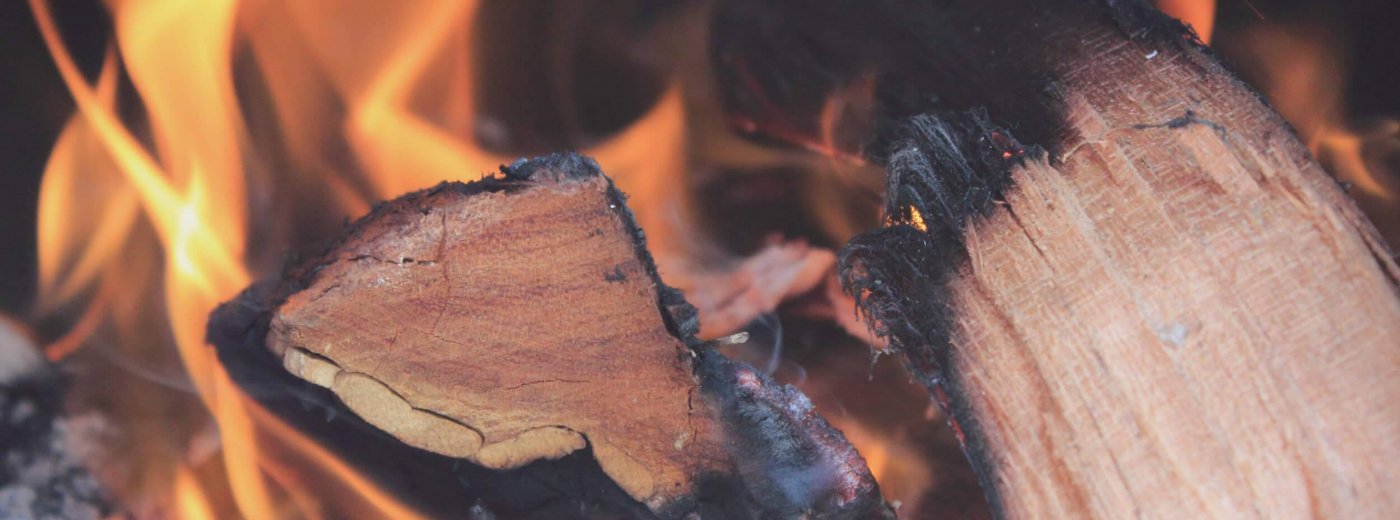Wood burning stove tips
Here are top tips for wood burning stove.
Here are top tips for wood burning stove.
Who amongst us hasn’t sat and enjoyed the flame views of a wonderful wood burning stove creating a cosy, warming and inviting room to share with friends or family, it’s an irresistible memory and vision to us all. Wood stoves have played a significant part in homes throughout the world for literally hundreds of years, both as a staple heat and cooking source to generations of families. Yet some people are still new to the concept, so if you are a new owner or someone considering becoming a new owner and just looking for a little advice, here are the top tips for your wood burning stove.
Always consider the level of smoke emitting from the wood burning stove; high levels of smoke output indicate that the fire is not burning properly and needs tending to. Don’t make the mistake of believing you can make assumptions based upon the fire itself within the unit, it’s always best to look outside at the quantity of smoke levels from your flue. Take a good look at the chimney and determine the level of smoke being emitted. In most cases its normal to see a small amount of smoke as a quality fire emits some odour free smoke and a little steam, however, if the smoke coming from the flue is thick and black, that highlights a combustion issue. In essence the fire may not be intense enough and therefore, exhaust levels need to be adjusted.
Many look at a wood burning stove and conclude that it’s the absence of fresh air is what the unit thrives on. However, this isn’t the case, every fire must be fed oxygen in order to thrive. The wood stove merely provides a safe chamber for wood to burn in and houses a complex system to allow oxygen to enter the box for optimum efficiency. Truthfully, it is not too complex; the lever on one side of the unit simply opens wider allowing more air intake and a higher fire is gained, equally closing the air intake dampens the fire to provide a lower flame. Should you experience trouble getting your stove to burn bright, the cause is mainly due to lack of fresh air. Simply check the stoves temperature gauge to ensure it is open properly to not starve the fire of the fresh air feed it needs.
For new wood burning stove owners it comes as a surprise that not all wood types are suitable for burning in their stoves or indeed recommended at all. Different wood species feature different attributes in how they burn. For example, some wood types possess a tightly bound interior makeup that keeps the wood burning far longer, whilst others maintain a more relaxed cellular structure allowing them to burn rather quickly. Ideally the slow burn high heat variety of woods correctly seasoned is what the stove will thrive on and keep working to it best efficiency. Fast burning woods are known as softwoods and tend to be less expensive than better quality hardwoods. Soft woods can certainly be used in conjunction with hardwoods for a variety of heat and a cost-effective wood choice, but some form of hardwood is always recommended especially if you intend on heating for long stretches of time without constantly having to feed the fire.
Wood burning stoves require very little maintenance, but like any appliance in your home in constant use it’s important to do a little maintenance to ensure you are running your wood burning stove to its best efficiency. Its recommended that every few burning cycles, take some time to clean out the unit. It’s not necessary to completely clean the unit each time, as keeping ashes at a minimum will allow for proper air circulation with the unit and stacked wood. A small amount of ashes remaining in the unit at the base will also help protect the stoves floor longer as means of additional insulation.
Adapting regular and general cleaning habits are the best way to ensure your stove will last for a long time, but annual maintenance is also important. Once a year, for example its best to have a professional come out to inspect the unit to account for any possible leaks or broken areas to repair. The flue will be cleaned as well at this inspection, which is vital for safety reasons. Creosote builds up in the flue and unit and can not only hamper the stove from performing optimally but can be a fire hazard as well, so for pure safety we always recommend an annual maintenance as an essential.
The experts often talk about top down and bottom up lighting. You either start lighting from the top or from the bottom. We prefer top down. This method produces less soot and ashes, ensures better air supply and makes the first wood load last longer.
Simply stack your wood to allow for proper oxygen movement, and light from the top of the stack. This allows the flame to move down as opposed to up and therefore increases the burn time of the wood within the unit for more economic burning. This method of fire building also gives the chance for the stove to come up to its optimal burning temperature faster than it would if lighting from the bottom.
A wood burning stove is one of the most energy efficient and economic ways to heat any sized home. Radiant heat from the unit seems to reach into every part of even the largest home for a more ambient temperature. Why not try our trusted tips and advice when you next use your wood burning stove to ensure your fire burns brighter and longer every time?
